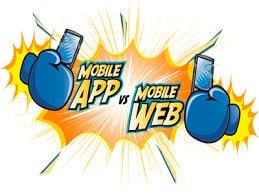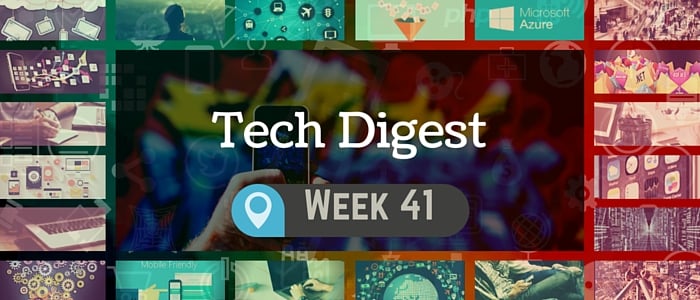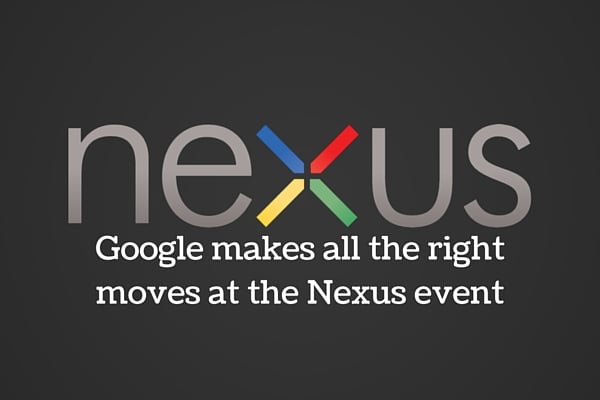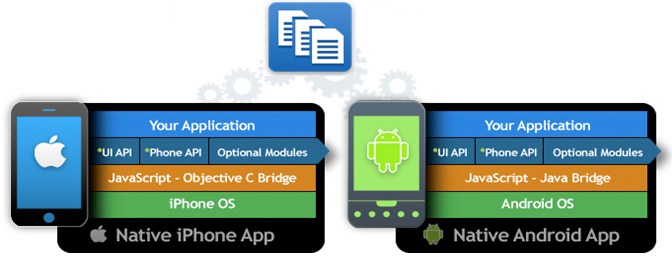Apple’s World Wide Developer Conference (WWDC) in San Francisco this year, created quite a flurry with Apple unveiling iOS 8 and some of its major features, pushing the boundaries of mobile technology even further. However what was the most tantalizing debut for millions of developers worldwide? Undoubtedly, it was the launch of SWIFT - a brand new programming language for iOS and OS X applications.
Enter Swift
Objective-C is a language pinioned to C, which has its own limitations. So, Swift comes into the picture; a language to support almost everything you can do in Objective C coupled with many other features that modern languages such as Ruby and Python support. Swift also does away with a lot of incommodious syntax that objective C has, which means far fewer characters to type and lesser files to create. Phew! The result? Paves way for less code and faster development. As Apple puts it, Swift is safe, modern and extremely powerful.
What Swift means to iOS developers?
For the ones who earn their living with iOS development, get geared to venture into Swift. The sooner, the better! Your expertise in Objective C will be an asset, no doubt, but Swift will now give you the much-needed competitive edge.
And for other developers?
Developers who have always wanted to move on with native iOS development, now is the perfect time. With everyone staring from the first page, each one of us has a lot to learn and grapple with. Surely, Swift will lead to a much smoother transition into iOS development.
And users?
With the ability to churn out great apps with lesser work, the App store will be flooded with new applications. You can expect great apps with cool new features, great user experience, so that you can swipe and tap at them all.
iOS 8 Features
Besides Swift, iOS 8 with its exciting new features has also created quite a buzz. There are some drastic improvements in SceneKit, SpriteKit, Core Data, XcodeIDE, TestFlight, iTunes Connect, to name just a few. Let’s take a quick look at some of the new features and APIs introduced in iOS 8–
Interactive Playgrounds
With interactive playgrounds you can test your code snippets before implementing it. This implies that you can write a few lines of code and see the output in real time, without waiting for actual compilation. This will ensure faster prototyping and unit testing.
HomeKit
With HomeKit, Apple aims to create interfaces that will seamlessly control physical accessories around you. Your iPhone and iPad apps will be able to group devices together, so that a single command can control them all. For instance, saying "Get ready for bed" into Siri could result in automatically dimming the lights and locking the doors.
HealthKit
All your important health data is dispersed over various health & fitness apps and devices. HealthKit API will let any health and fitness app report into a common database of stats. The Health app designed by Apple (iOS 8) will give users a broad view at their entire health profile: exercise, sleep, eating, and even metrics like blood pressure and glucose levels. You might notice, for example, that you get better sleep on days that you exercise.
CloudKit
CloudKit takes responsibility for the server-side elements of apps, helping the developer focus on client-side logic. With MBaaS competitors like Parse and Kinvey, Apple will have to overcome the disadvantage of building a backend that supports only iOS and unproven platform performance and support. For iOS-only developers who need data syncing, cloud backup, or server-side business logic CloudKit will be worth exploring.
Camera API &PhotoKit
Apple has actually opened new vistas for developers to create and improve camera apps. Currently apps have only had access to flash control, HDR modes, and ISO. With PhotoKit, developers can now access manual controls for the camera with everything from white balance, focus, aperture, shutter-speed control and every exposure setting.Edits will be saved to a single copy as opposed to having multiple versions of the same photo.
Touch ID
With TouchID apps we will finally be able to use fingerprint-based local authentication in iOS 8 without having to remember lengthy passwords. It will protect logins and user data, and work with iOS's existing keychain setup. The biometric data from your fingerprints will be kept secure on the device. Even developers won't get direct access to the biometrics data even if their apps utilize Touch ID.
The conclusion–Your very first application in Swift will go hand in hand with iOS 8. This does not mean that Objective-C will be extinct soon. It’s going to hang out there for a long time. But Swift is the future.






